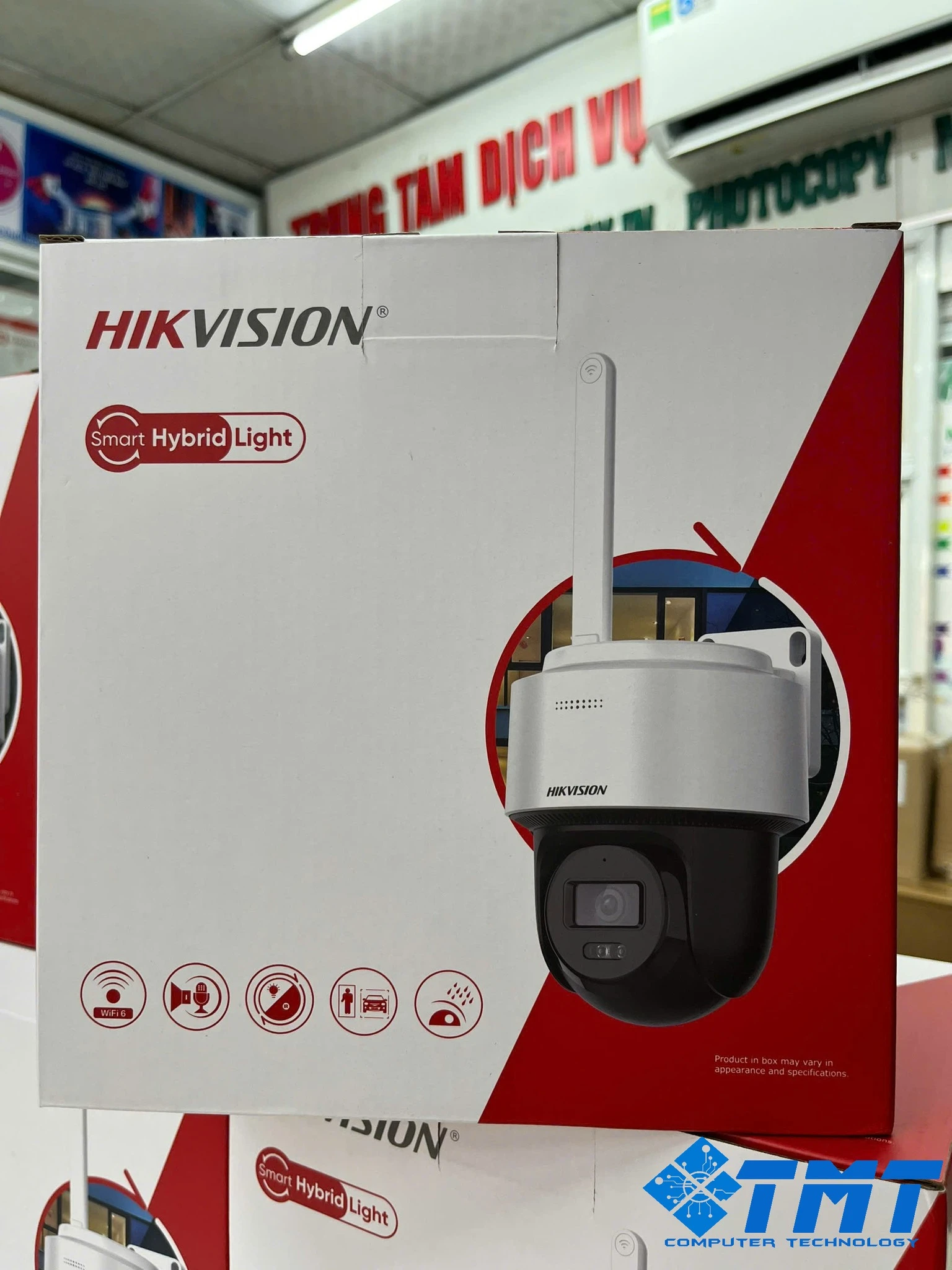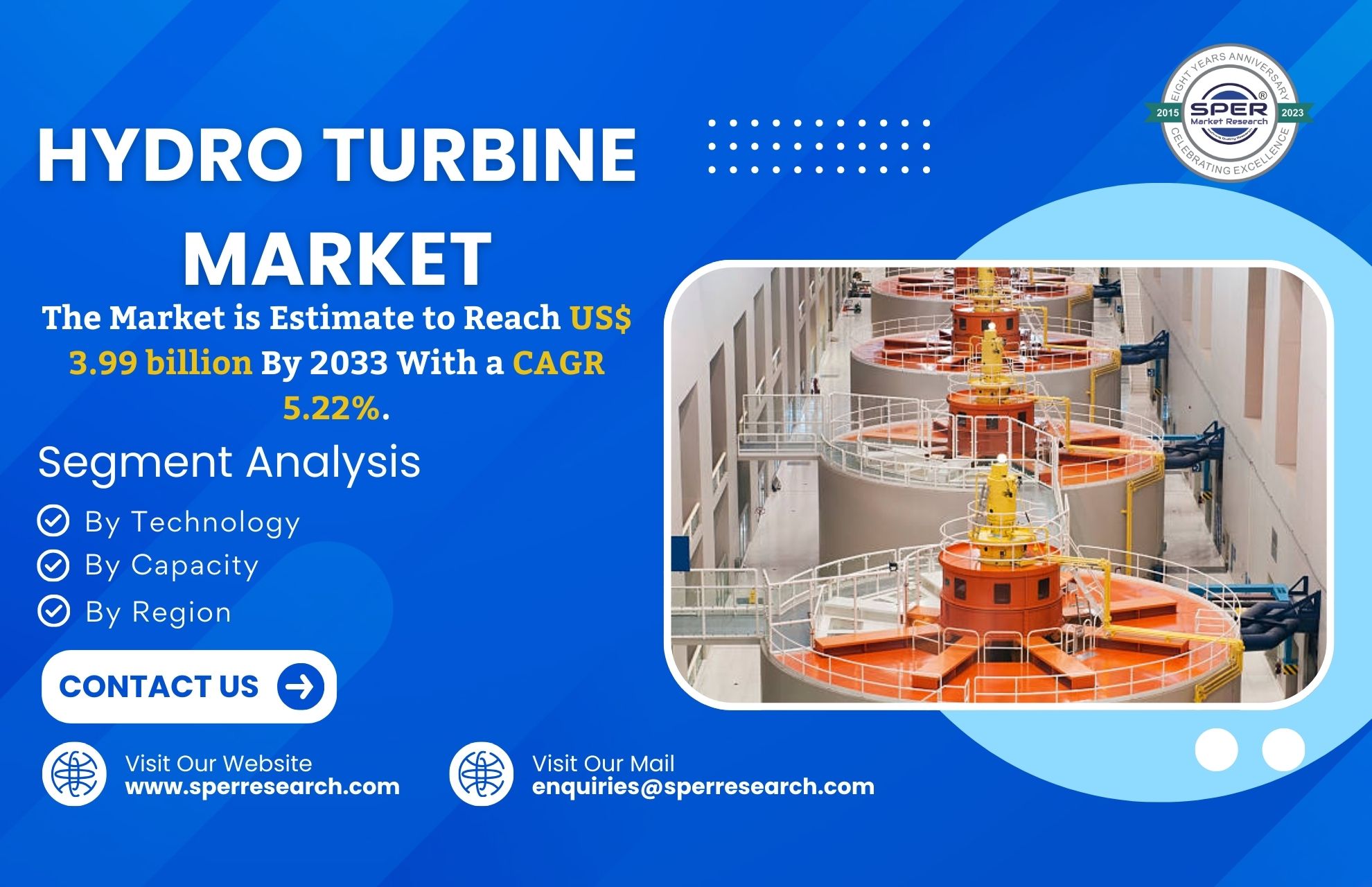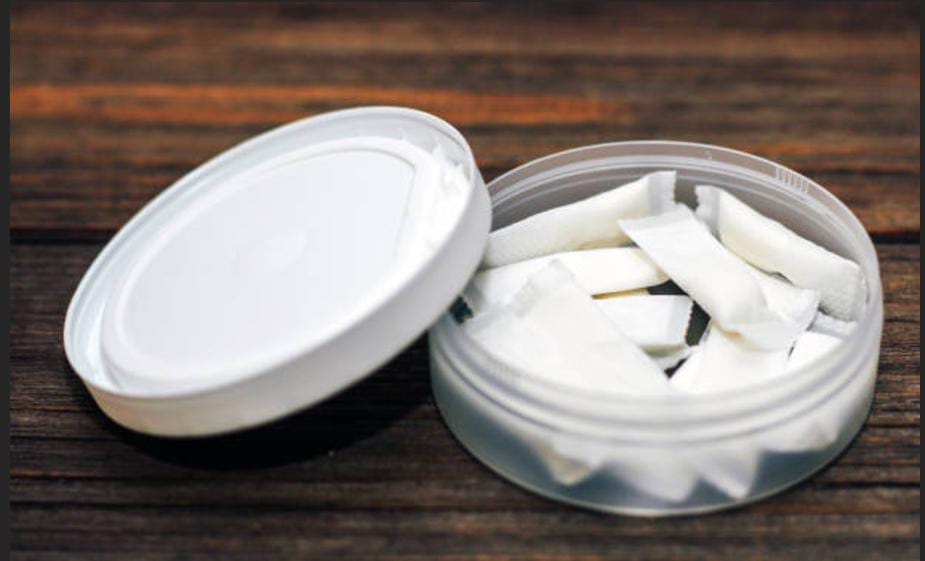SMILE vs. LASIK: Which Laser Eye Surgery Is Right for You?
For many people, glasses and contact lenses can feel restrictive and inconvenient. Laser eye surgery offers a long-lasting solution to vision problems, providing freedom from corrective eyewear. Two of the most popular options for laser vision correction are SMILE and LASIK. Both procedures can greatly improve your vision, but each comes with its own advantages and considerations.
In this blog, we’ll explore the key differences between SMILE and LASIK to help you determine which one might be the right fit for your lifestyle, eye health, and vision goals.
Understanding SMILE Laser Eye Surgery
SMILE, or Small Incision Lenticule Extraction, is a minimally invasive procedure that has gained popularity for its precision and shorter recovery time. SMILE laser eye surgery is performed using a femtosecond laser to create a small, disc-shaped piece of tissue called a lenticule inside the cornea. This lenticule is then removed through a tiny incision, allowing the cornea to reshape and correct refractive errors such as myopia (nearsightedness).
One of the key benefits of SMILE laser eye surgery is that it preserves more of the corneal structure. The smaller incision means less disruption to the corneal nerves, leading to a lower risk of dry eyes and a quicker healing process. SMILE is an excellent option for those with an active lifestyle since the procedure requires no corneal flap, making it more stable in the event of trauma or injury.
What to Expect with LASIK
LASIK, or Laser-Assisted In Situ Keratomileusis, has been the gold standard in laser vision correction for many years. The LASIK procedure involves creating a thin flap in the cornea, lifting it, and then reshaping the underlying corneal tissue using an excimer laser. Once the cornea is reshaped, the flap is repositioned, allowing for rapid healing.
One of the main advantages of LASIK is its ability to correct a wide range of refractive errors, including myopia, hyperopia (farsightedness), and astigmatism. It is a highly effective and well-established procedure with a proven track record of success. Most patients experience improved vision almost immediately, with minimal discomfort and a short recovery period.
However, because LASIK involves creating a flap, there are some risks associated with flap-related complications. In rare cases, the flap may become dislodged or result in irregular healing. Additionally, LASIK patients are more likely to experience dry eyes during the healing process compared to SMILE.
Key Differences Between SMILE and LASIK
While both SMILE and LASIK are effective methods for vision correction, they differ in several important ways:
- Surgical Technique: SMILE uses a single laser to make a small incision, whereas LASIK creates a corneal flap and uses an additional laser to reshape the cornea.
- Recovery Time: SMILE often results in a quicker healing process with fewer post-operative symptoms like dry eyes. LASIK has a slightly longer recovery time and higher chances of temporary dryness.
- Eligibility: LASIK is suitable for correcting more types of refractive errors, including astigmatism, while SMILE is currently FDA-approved primarily for myopia.
- Corneal Strength: SMILE may offer better corneal stability since it doesn’t involve the creation of a flap, which is especially beneficial for those involved in sports or activities that risk eye trauma.
Which Procedure is Right for You?
Choosing between SMILE and LASIK depends on several factors, including your prescription, eye health, and lifestyle. Let’s explore some considerations that can help guide your decision.
1. Your Refractive Error
- If you have mild to moderate myopia, SMILE laser eye surgery may be an excellent choice due to its minimally invasive nature.
- However, if you have high myopia, hyperopia, or astigmatism, LASIK might be better suited to your needs, as it is designed to correct a broader range of vision problems.
2. Corneal Thickness
- LASIK requires sufficient corneal thickness to create the flap. If you have a thinner cornea, SMILE could be a safer option, as it requires less tissue removal and does not involve creating a flap.
3. Dry Eyes and Sensitivity
- Those who are prone to dry eyes or are concerned about worsening dryness post-surgery might benefit from SMILE. Since SMILE involves a smaller incision and less disruption to corneal nerves, it typically results in fewer post-operative dry eye symptoms.
4. Active Lifestyle
- If you lead an active lifestyle or engage in contact sports, SMILE may offer a more stable solution. The absence of a corneal flap reduces the risk of complications in case of trauma, making it a preferred option for those involved in high-impact activities.
5. Vision Clarity and Recovery Speed
- Both SMILE and LASIK offer quick recovery times, with most patients experiencing improved vision within a few days. However, LASIK may provide slightly faster visual recovery, with some patients noticing immediate improvement within 24 hours.
Risks and Side Effects
Both SMILE and LASIK are considered safe, but as with any surgical procedure, there are potential risks and side effects to consider. Common side effects include temporary dry eyes, glare, or halos around lights, especially during night driving. These typically resolve over time.
For SMILE, rare complications can include issues related to the lenticule extraction or incomplete correction of the refractive error. LASIK patients may face flap-related complications, though these are extremely rare.
It’s important to have a thorough consultation with a qualified eye surgeon who will evaluate your specific eye condition and discuss the best option for your vision correction.
Consultation with a Trusted Eye Surgeon
Before undergoing any type of laser eye surgery, it’s crucial to consult an experienced ophthalmologist who can provide personalized advice based on your eye health and vision needs. A detailed eye examination will determine your eligibility for either procedure and help you understand what to expect during and after surgery.
At Maxivision Eye Hospitals, our team of specialists is dedicated to providing the highest quality care using the latest advancements in laser eye surgery. Whether you opt for SMILE or LASIK, you can rest assured that you will receive expert guidance and personalized treatment for your unique needs.
Conclusion
Both SMILE and LASIK are transformative procedures that offer significant improvements in vision, allowing you to enjoy life without the need for glasses or contact lenses. Choosing the right surgery depends on your individual eye condition, lifestyle, and preferences. While SMILE offers a minimally invasive option with faster recovery and fewer dry eye symptoms, LASIK remains a versatile and trusted choice for a wide range of vision problems.
To learn more about SMILE laser eye surgery and which option might be best for you, visit Maxivision Eye Hospitals for expert care and guidance. At Maxivision, you’ll find the best eye care treatments, including cutting-edge laser surgeries, all designed to help you see the world more clearly.







